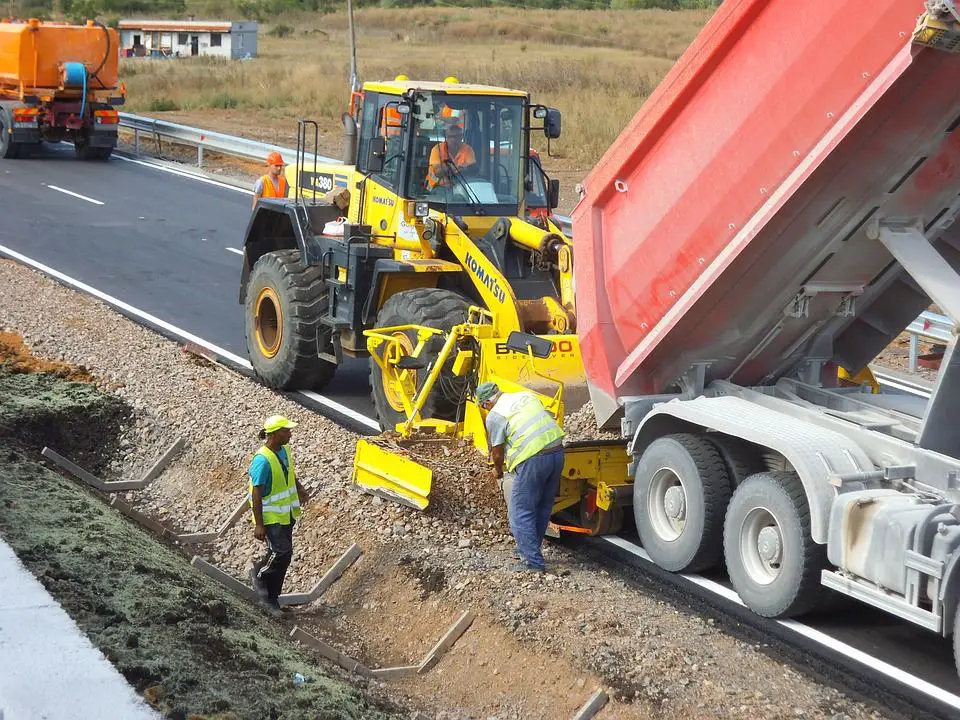The National Assembly of the Republic of Guinea has approved a loan agreement of over US$ 49M meant for the construction of the Boké-Dabiss road, a 45-kilometer section of the Boké-Québo road corridor that connects the west-coastal country in West Africa to the neighboring republic of Guinea-Bissau.
This financing was concluded in March last year between the Islamic Development Bank (IDB), a multilateral development finance institution that aims to foster the economic development and social progress of member countries and Muslim countries, and the government of the Republic of Guinea. This facility has a maturity period of 20 years, including 4 years deferred.
The scope of the work for the 45km Boké-Dabiss road project
The project entails the construction and the asphalting of the road in line with the standards of development of the Inter-States roads of ECOWAS and the widening of the platform to insert a 7-meter wide roadway bordered by 2 shoulders of 1.5 m.
Also Read: Guinea: Construction of Gbessia-Conakry international airport kicks off
It also includes the implementation of auxiliary works such as the construction of boreholes, market sheds, a socio-educational center, and 30 kilometers of rural roads.
This project and the larger Boké-Québo road corridor project is part of the trans-African corridor, identified as the backbone of the social and economic development of the West African sub-region.
An overview of the trans-African corridor project
Also financed by the African Development Bank (AfDB) and the European Union (EU) to the tune of over US$ 102M, this project consists of the development and asphalting of 112 km of roads, including 87 km in Guinea and 25 km in Guinea-Bissau.
A 140 m long prestressed concrete bridge over the Tinguilinta River is also planned for construction under this project, as well as the implementation of other supplementary developments such as market infrastructure and pathways among others.
Once completed in about four years’ time, this project will help strengthen sub-regional integration and trade. In addition to opening up Guinea and Guinea Bissau, this axis will also reduce significantly the time taken to cross the Kogon River.
